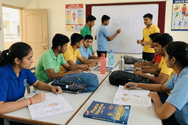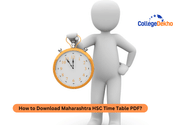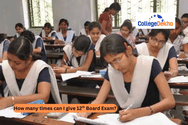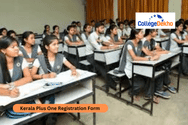
Never Miss an Exam Update
CBSE Class 12th History Chapter 2 - Kings, Farmers and Towns Early States and Economies Important Questions with Answers are provided here to prepare well for the upcoming exam. Kings, Farmers and Towns: Early States and Economies is a chapter in the CBSE Class 12 History syllabus. The chapter explores the emergence of early states, kingdoms, and empires and how they governed social-economic systems. The chapter also focuses on the social, political and economic changes that took place between 600 BCE and 600 CE, particularly exploring the relationship between powerful rulers ("kings"), the agricultural practices of farmers, and the emergence of towns as centers of trade and culture. The Chapter 2 of NCERT Class 12 History highlights the complex interplay between political, economic, and social aspects of these early civilizations. Topics that are to be covered from this chapter are Mahajanapadas, Importance of agriculture, Social stratification, Emergence of new religions, Sources of information and so on.
The CBSE Class 12 History curriculum 2025 consists of three parts: Themes in Indian History Part--I, Themes in Indian History Part--II, Themes in Indian History Part--III. All the three parts will carry a weightage of 25 marks with 60 number of periods. This will make a total of 80 marks in the theory paper, and the remaining 20 marks will be in the internal assessment. The Kings, Farmers and Towns Early States and Economies is chapter 2 in Indian History Part--I of the CBSE class 12 History syllabus 2025. There are 4 chapters in Part I, wherein this chapter will be carrying 15 periods and overall the Part I will carry 25 marks in the CBSE Class 12 History exam 2025. Prepare thoroughly with the most important questions of CBSE Class 12th History Chapter 2 - Kings, Farmers and Towns Early States and Economies. You can first cover the CBSE Class 12th History syllabus to understand the key topics and then start solving the CBSE Class 12th History Chapter 2 - Kings, Farmers and Towns Early States and Economies Important Question to get a better understanding of your preparation level. Start practicing now.
Are you feeling lost and unsure about what career path to take after completing 12th standard?
Say goodbye to confusion and hello to a bright future!

Was this article helpful?

































